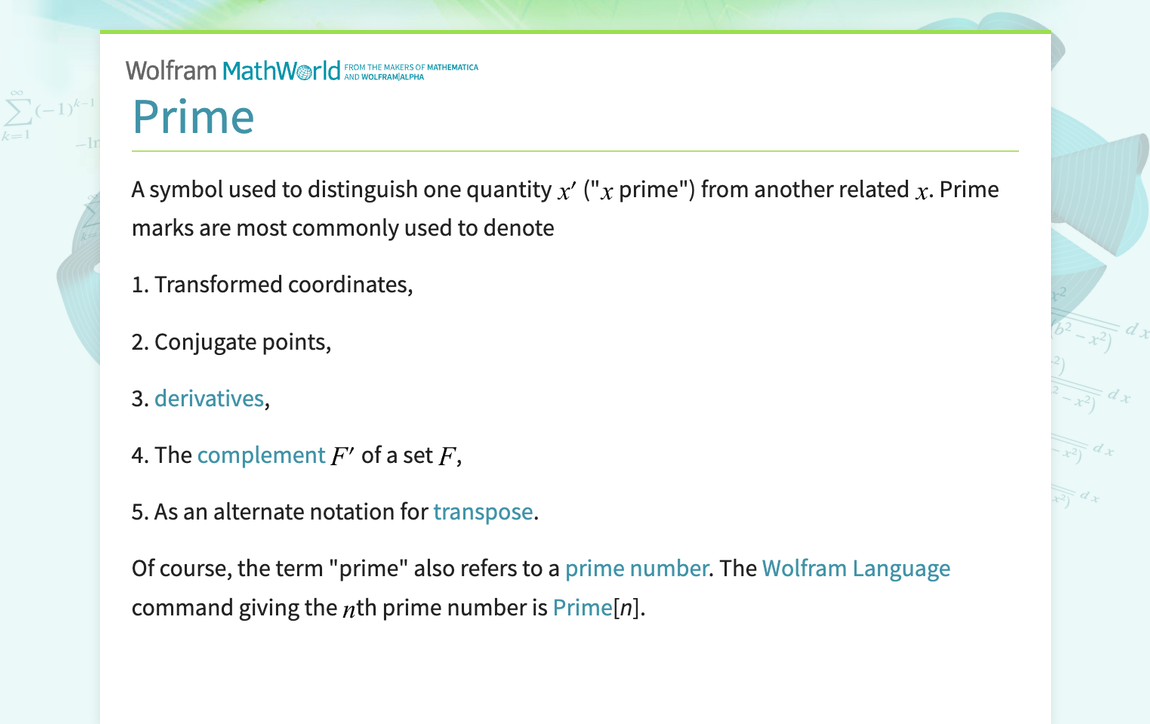In tutorials for vector subspaces, I saw that prime numbers are frequantly used in the examples. What makes them so special in this context? Why can't these be any numbers?
For instance:
Let F be a vector subspace of vector space E
u = (x, y), u' = (x',y') ∈ F₁ and α, β ∈ ℝ
αu + βu' = (αx + βx', αy + βy')
2(αx + βx') - 3(αy + βy') = α(2x - 3y) + β(2x' - 3y') = 0
Thus, αu + βu' ∈ F₁
(Meaning αu + βu' are in vector subspace F)
For instance:
Let F be a vector subspace of vector space E
u = (x, y), u' = (x',y') ∈ F₁ and α, β ∈ ℝ
αu + βu' = (αx + βx', αy + βy')
2(αx + βx') - 3(αy + βy') = α(2x - 3y) + β(2x' - 3y') = 0
Thus, αu + βu' ∈ F₁
(Meaning αu + βu' are in vector subspace F)
Last edited:

